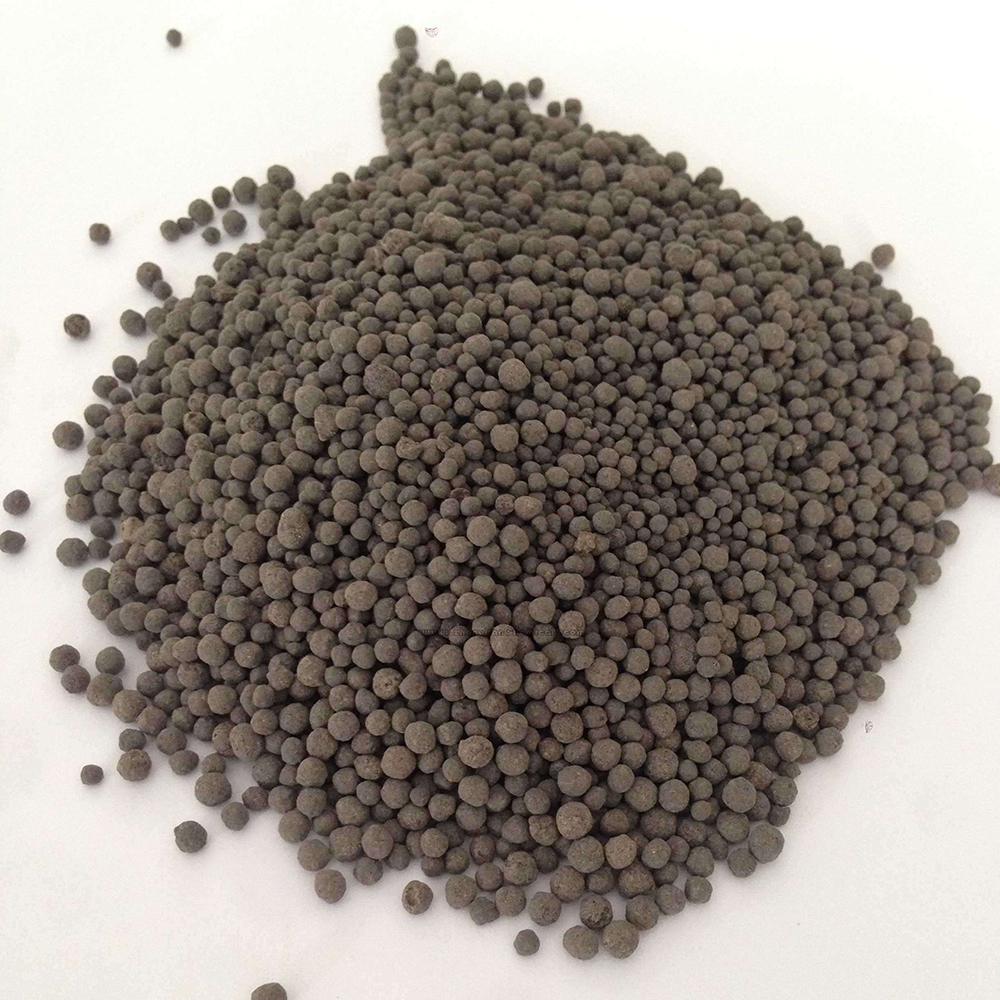



adding sodium bisulfate to pool
The Benefits of Adding Sodium Bisulfate to Your Pool
Maintaining a swimming pool requires careful attention to water chemistry to ensure a safe and pleasant swimming environment. One important aspect of pool maintenance is managing pH levels. When pH levels are too high, the effectiveness of chlorine diminishes, leading to a variety of issues such as algae growth, cloudy water, and potential skin irritation for swimmers. One effective solution for addressing high pH levels is the addition of sodium bisulfate.
Understanding Sodium Bisulfate
Sodium bisulfate, also known as dry acid, is a compound that functions as a pH reducer in swimming pools. It is a white, free-flowing powder that is highly soluble in water. Sodium bisulfate is preferred by many pool owners for its ease of use and effectiveness compared to other methods of lowering pH, such as liquid muriatic acid, which can be hazardous and requires careful handling.
Benefits of Using Sodium Bisulfate
1. Effective pH Lowering Sodium bisulfate effectively lowers the pH levels in pool water, bringing them closer to the ideal range of 7.4 to 7.6. This is crucial for the proper functioning of chlorine, which is most effective within this pH range, therefore ensuring that your pool remains clean and safe for swimming.
2. Safer Handling Unlike liquid acids that can be corrosive and pose safety risks, sodium bisulfate is safer to handle. It reduces the risk of chemical burns, making it a more user-friendly option, especially for those who may not have prior experience with pool chemicals.
3. Ease of Application Applying sodium bisulfate is straightforward. It can be added directly to the pool water or dissolved in a bucket of water before being distributed evenly around the pool. This simplicity allows pool owners to address pH issues quickly and effectively without extensive training or equipment.
adding sodium bisulfate to pool

4. Less Fume Production One of the drawbacks of liquid acids is the potential for harmful fumes that can irritate the lungs and eyes. Sodium bisulfate, however, emits very few fumes, providing a more pleasant experience during application and reducing the risk of respiratory issues for pool owners and swimmers alike.
5. Cost-Effective Sodium bisulfate is generally more affordable than other pH-lowering chemicals, making it an economical choice for pool maintenance. Regular use can help save money by reducing costly repairs associated with high pH, such as scaling in the pool's filtration system.
How to Use Sodium Bisulfate
Before adding sodium bisulfate to your pool, it is essential to test the water's pH level using a reliable pool testing kit. If the pH is above 7.6, it indicates that the water is too alkaline, and sodium bisulfate can be applied. Start by adding a small amount — typically around 1 pound for every 10,000 gallons of water — and allow it to circulate for several hours. After circulation, re-test the water to determine if further adjustments are needed.
It is crucial to avoid adding too much sodium bisulfate at once, as this can cause the pH to drop too low, resulting in an acidic pool environment that can irritate skin and eyes. Aim for gradual adjustments until the desired pH is achieved.
Conclusion
Adding sodium bisulfate to your pool offers a simple and effective method for managing pH levels, ensuring that your swimming environment remains safe and enjoyable. Its ease of use, safety, and affordability make it a preferred choice among pool owners. By incorporating sodium bisulfate into your pool maintenance routine, you can promote better water quality, extend the lifespan of your pool equipment, and provide a pleasant swimming experience for all. With regular monitoring and correct use of sodium bisulfate, your pool can be a refreshing oasis all summer long.
-
Why Sodium Persulfate Is Everywhere NowNewsJul.07,2025
-
Why Polyacrylamide Is in High DemandNewsJul.07,2025
-
Understanding Paint Chemicals and Their ApplicationsNewsJul.07,2025
-
Smart Use Of Mining ChemicalsNewsJul.07,2025
-
Practical Uses of Potassium MonopersulfateNewsJul.07,2025
-
Agrochemicals In Real FarmingNewsJul.07,2025
-
Sodium Chlorite Hot UsesNewsJul.01,2025










